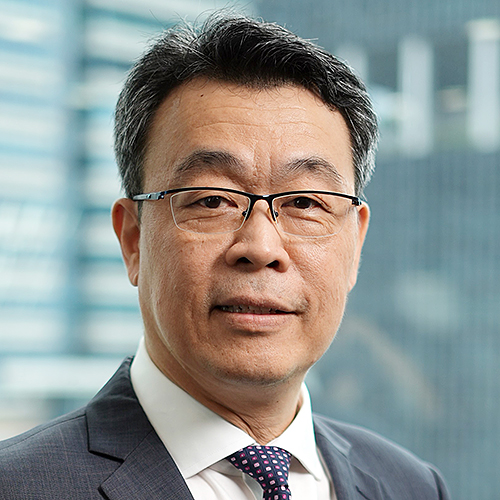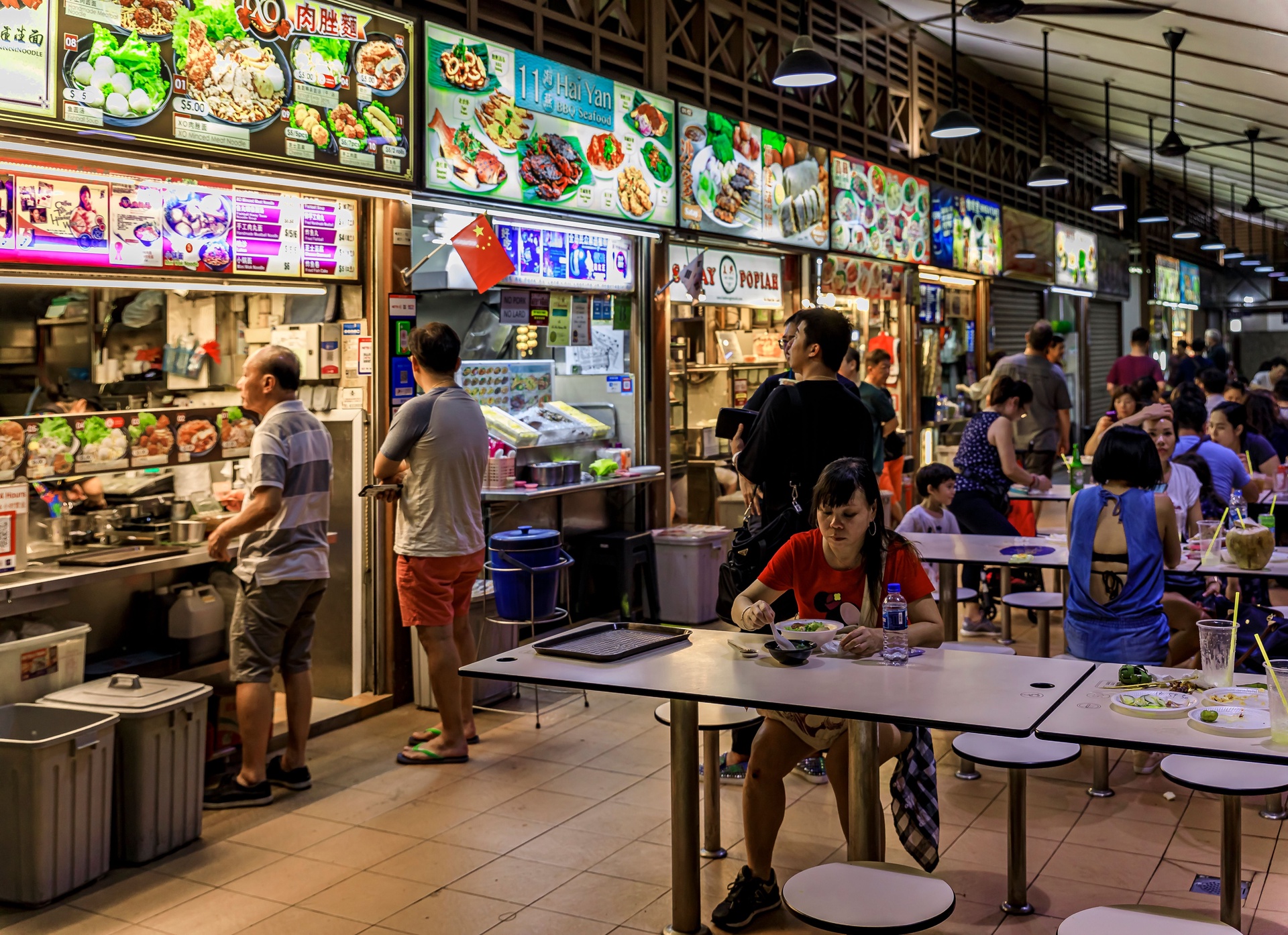Hang Seng Indexes Company Limited will be adding a total 10 red-chips and private enterprises (P-chips) to the Hang Seng China Enterprises Index (HSCEI) as part of a restructuring effort to boost its strength.
The full list of new constituents is to be announced in February 2018 and brings the total number of HSCEI constituents to 50. Chinese analysts say Tencent, CNOOC and China Mobile are likely to be selected. However, as the eligibility screenings have been set in a way to avoid excessive volatility, some large-cap stocks might not be selected, according to Daniel Wong, Hang Seng Indexes’ director and head of research.
There are around 60 red-chip and 160 P-chips in the Hang Seng Composite Index (HSCI). About 30% of the red-chips and 25% of the P-chips might pass the screenings, says Wong.
To minimize the potential impact on the market, the new constituents will be added to the HSCEI in five phases over a period of 12 months. The potential new entrants will be screened in terms of listing history, price volatility and financial parameters, while the selection criteria for H-shares will remain unchanged.
With a history of 23 years, HSCEI comprises H-shares which used to be representative of China’s economy. Yet the development of China’s economy has seen the rise of private companies such as Tencent and Geely. H-shares currently only equal about 30% of the market value of the Chinese corporates listed on the Hong Kong Stock Exchange, resulting in the need to strengthen the HSCEI.
Analysts say the current index weighting of finance companies is indicated to decrease from 70.5% to 51.0%, and commerce and industry companies to increase from 21.3% to 41.3%. This will help to enhance the performance of HSCEI, as the commerce and industry sector greatly contributes to mainland China’s rapidly growing “new economy”.
The enhancement could lead to similarities between the HSCEI and the Hang Seng Index (HSI) as the two indexes will have more constituents in common, says Vincent Kwan, director and general manager of Hang Seng Indexes, but differences will still remain in terms of the orientation and structure of the two indexes. With the nine existing H-shares in HSI, the HSCEI and HSI will have at most 19 constituents in common.
“This is not a small change for HSCEI,” says Vincent Kwan, director and general manager of Hang Seng Indexes, noting that they decided to stay cautious for the 12-month transitional period. This means that once the 10 constituents are selected, they are not likely to be adjusted until late 2018.









